To find the xintercept (s), substitute in 0 0 for y y and solve for x x 0 = x 2 4 x − 2 0 = x 2 4 x 2 Solve the equation Tap for more steps Rewrite the equation as x 2 4 x − 2 = 0 x 2 4 x 2 = 0 x 2 4 x − 2 = 0 x 2 4 x 2 = 0 Use the quadratic formula to find the solutionsThen the intercepts for x are ( 5, 0) (3,0), and the intercept for y is (0, 15) Approved by eNotes Editorial Team Tushar Chandra Educator since 10 12,616 answers Certified EducatorWhere the curve of x^2 4x 5 = 0 intercepts the yaxis, x = 0 Here we see that (4)^2 < 4*a*c, the curve does not intersect the xaxis The yintercept is (0, 5) We need to find y and x
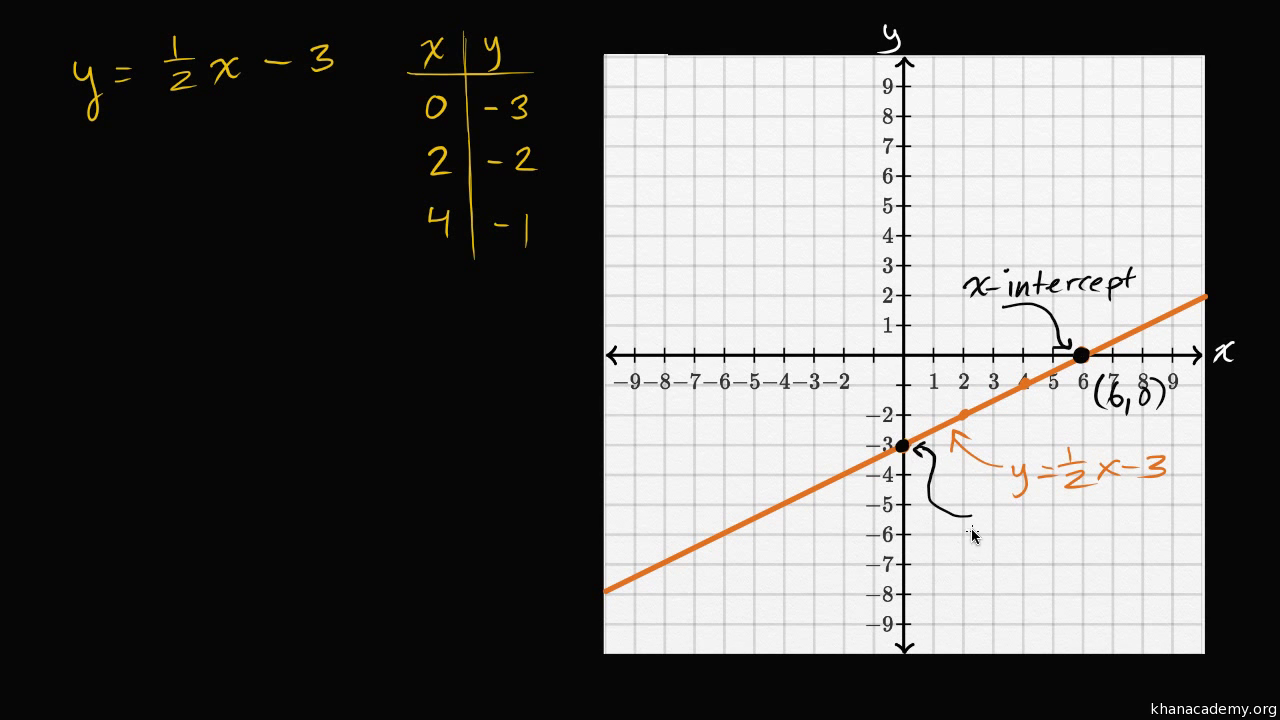
Intro To Intercepts Video Khan Academy
Y=x^2-4x-5 x intercepts
Y=x^2-4x-5 x intercepts-This lends itself to the disk method where π(R² r²) is integrated over the limits Set the two equationsSee the answer Find the x and y intercepts y=x^24x5 Best Answer 100% (1




4 M Use The Following Infor See How To Solve It At Qanda
Answer to The equation of a parabola is y = x^2 4x 5 State the equation of the axis of symmetry By signing up, you'll get thousands ofHow to graph a parabola with no xintercepts Steps for graphing parabolas notes https//wwwopenalgebracom/graphingparabolashtml Graphing parabParabola, Graphing Vertex and XIntercepts Root plot for y = x 24x5 Axis of Symmetry (dashed) {x}={ 0} Vertex at {x,y} = { 0, 100} Function has no real roots Solve Quadratic Equation by Completing The Square 22 Solving x 24x5 = 0 by Completing The Square Subtract 5 from both side of the equation x 24x = 5
Question Find The X And Y Intercepts Y=x^24x5 This problem has been solved!How many x or y intercepts can a quadratic function have? I already know how to find the x of the vertex with this information but I do not know how to find the y of the vertex How can I find the y?
1 find the vertex, axis of symmetry, xintercepts, yintercept, and graph 1) y = 2x2 2x 4 2) y = 4x2 24x 13Answer to The equation of a parabola is y = x^2 4x 5 Express this equation in factored form and state the xintercepts By signing up, you'llFind the X and Y Intercepts y=x^24x5 Find the xintercepts Tap for more steps To find the xintercept (s), substitute in for and solve for Solve the equation Tap for more steps Rewrite the equation as Factor using the AC method Tap for more steps Consider the form




For Each Quadratic Function Identify The Vertex Gauthmath
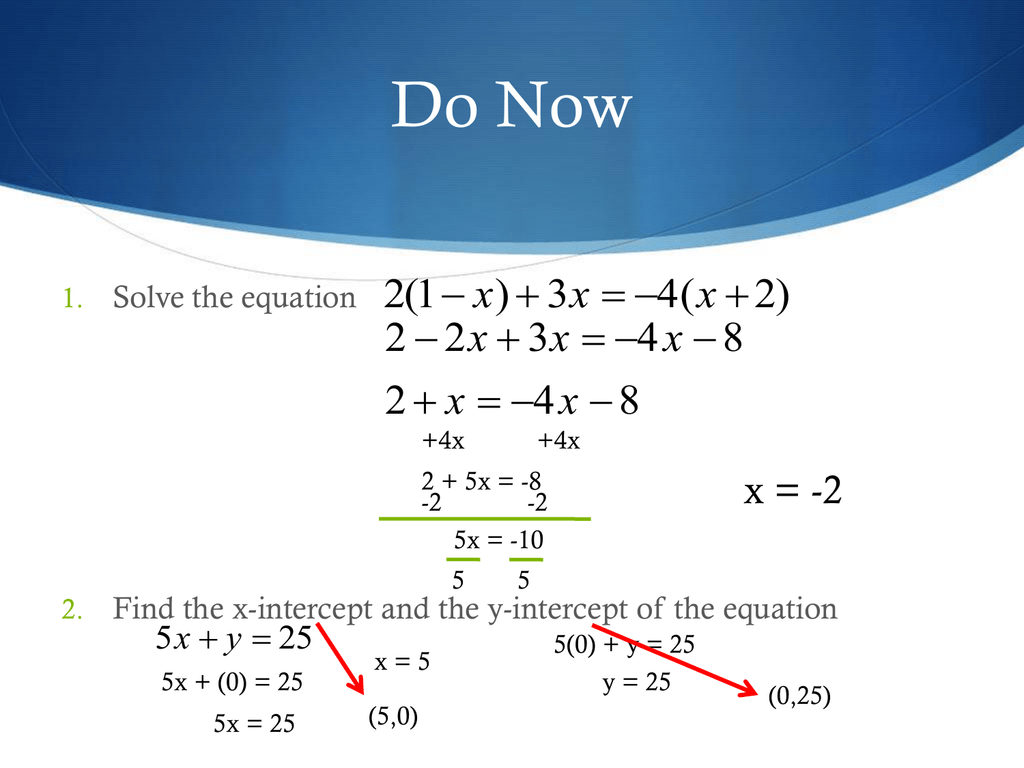



Ppt 5 1 Slope Intercept Form
Yintercept=5 To find xintercepts, set y=0 then solve for x 0=x^24x5 factor (x5)(x1)=0 x=5 and x=1 xintercepts are 5 and 1 To find the vertex Complete the square to write equation in standard form y=x^24x5 y=(x^24x4)45 y=(x2)^29 This is an equation of a parabola that opens upward Its standard (vertex) formy=(xh)^2kExample Find all intercepts of (a) 3x 2y = 6 (b) x = y 22y (c) y = 1/x Solution 3x 2y = 6 xintercepts Set y = 0 and solve for x 3x = 6 or x = 2 is the required xintercept is the required yintercept Similarly you can solve part (b), the part (c) is solved here y = 1/x xintercepts Set y = 0 1/x = 0 => x is undefined Then, noSetting the two ycoordinates equal to each other creates this equation 15x 2 9x 115 = 02x 2 04x 28 Now, we do some algebra to find the xcoordinates at the points of intersection This is where we start Subtract 15x 2 from each side Add 9x to each side Subtract 115 from each side



Y X 2 4x 32 Axis Of Symmetry 2 Vertex 2 36 X Intercepts 4 0 8 0 How Dose The Axis Of Symmetry Relate To Enotes Com
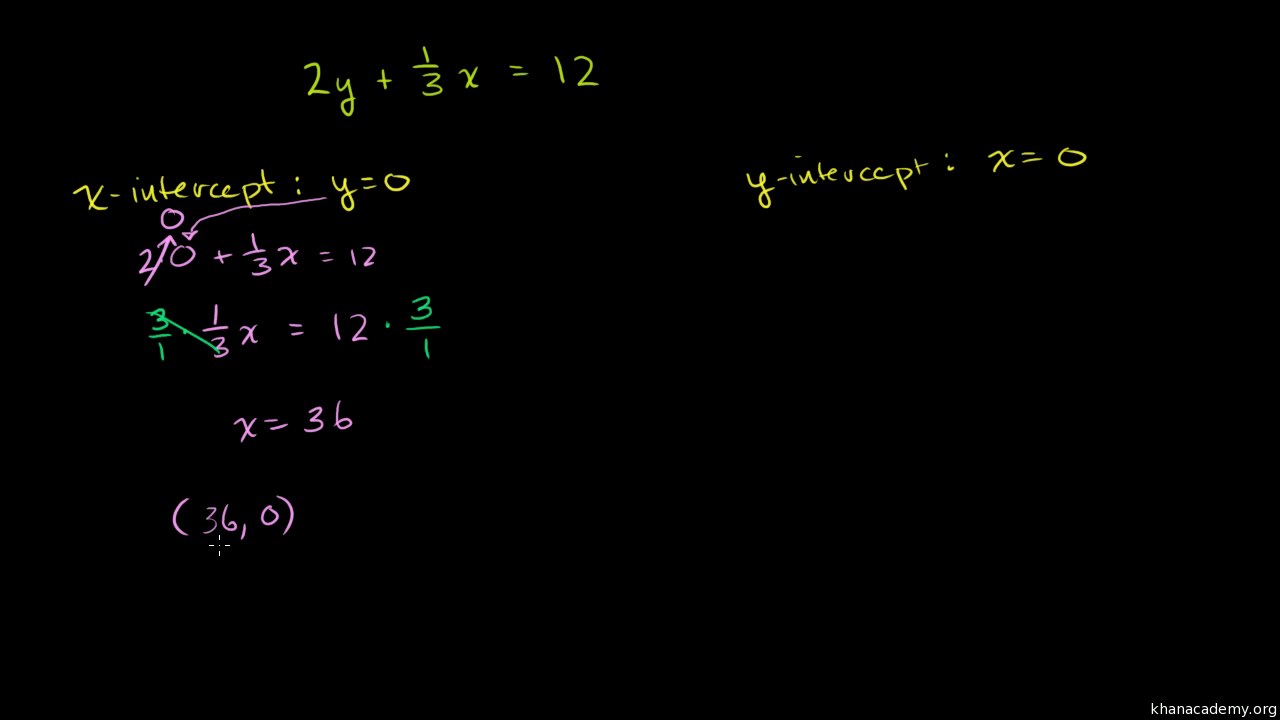



Worked Example Intercepts From An Equation Video Khan Academy
The quadratic formula gives two solutions, one when ± is addition and one when it is subtraction x^ {2}4xy5=0 x 2 4 x − y − 5 = 0 This equation is in standard form ax^ {2}bxc=0 Substitute 1 for a, 4 for b, and 5y for c in the quadratic formula, \frac {b±\sqrt {b^ {2}4ac}} {2a}Then the solutions are x = –241, x = 041, rounded to two decimal places Here's the graph of the associated function, y = x2 2x – 1 The x intercepts (that is, the solutions from above) are marked in red These are the spots where the associated function, y, was equal to zero Affiliate Note that the x intercepts of the associatedAlgebra 2/Trig Section 5152 Practice WS Graphing Quadratic Equations 8 Name 2) y —3x2 2 Vertex Standard Form Graph 1) y = x 2 4x—5



Solution How Do You Find The X Intercept Of The Equation Y X 2 4x 12




Graphing Parabolas Using The Vertex Axis Of Symmetry
2xy=3 Geometric figure Straight Line Slope = 2 xintercept = 3/2 = yintercept = 3/1 = Rearrange Rearrange the equation by subtracting what is to the right of the22 Find roots (zeroes) of F(x) = x 4 4x 36x 24x40 Polynomial Roots Calculator is a set of methods aimed at finding values of x for which F(x)=0 Rational Roots Test is one of the above mentioned toolsThe discriminant of the equation \(0=\text{−}{x}^{2}6x9\) is 0, so there is only one solution That means there is only one xintercept, and it is the vertex of the parabola How many xintercepts would you expect to see on the graph of \(y={x}^{2}4x5\)?




Finding The X Intercepts And Vertex Of A Parabola Youtube



What Are The X Intercepts Of Y X 2 6x 4 Quora
3 Find the x intercepts of y = x2 4x – 5 a) Let y 2 = 0 b) Graph c) Press 2nd Trace , this allows you to go to the CALCulate menu d) Press 5 to select "intersect" e) You will need to press ENTER two timeswhen it prompts for "First Curve?" and "Second Curve?" TheOxley Education Group May 31 · Graphic calculators can do calculations of a scientific calculator, plot graphs, and even solve equations Plot the graphs by using the above steps Curve plotted y=x^24x5 To determine the Yintercept, choose option '1 value' and input 0 To determine the minimum point, choose option '3 minimumEvery parabola has an axis of symmetry which is the line that divides the graph into two perfect halves On this page, we will practice drawing the axis on a graph, learning the formula, stating the equation of the axis of symmetry when we know the parabola's equation




More Key Factors Of Polynomials Recall From Lesson 4 Standard Form Left To Right Factored Form The Fta Fundamental Theorem Of Algebra States That Ppt Download




Graph Y 3 5 X 2 Youtube
The x intercepts are (1,0) (5,0) and the y intercept is (0,5) and the x of the vertex is 2A) 02 xintercepts and 01 yintercept B) 02 xintercepts and 1 yintercept C) 2 xintercepts and 1 yintercept D) 12 xintercepts and 01 yintercept I think the answer is D MATH describe how the graphes of y=/x/ and y=/x/15 are related Athe graphs have the same shapeThe yThe xintercept is the value of x when y is equal to zero or the point on xaxis at which a straight line intersects in xyplane Hence Y = 4x 8 (your statement) 0 = 4x 8 (set y to 0) 0 8 = 4x 8 8 (subtract 8 from both sides)8 = 4x (collect terms)8/4 = 4x/4 (divide both sides by 4) 2 = x



For The Function Y X 2 4x Find The Vertex Axis Of Symmetry Intercepts Domain Range And The Graph Of The Function Also Where Is The Enotes Com




How To Sketch A Parabola Example 2 Y X 2 4x 12 Youtube
Zeros (–4,0), (8,0) yintercept (0,32) is the vertex, zero(s) and yintercept of the graph of y=x^2 4x 32The Parabola Given a quadratic function f ( x) = a x 2 b x c, it is described by its curve y = a x 2 b x c This type of curve is known as a parabola A typical parabola is shown here Parabola, with equation y = x 2 − 4 x 5Finding Intercepts From an Equation X Intercept where the graph of an equation crosses the xaxis Y Intercept where the graph of an equation crosses the yaxis To find the intercepts When you want the x intercepts (x,0) Set y=0 then solve for x When you want the y intercepts (0,y)
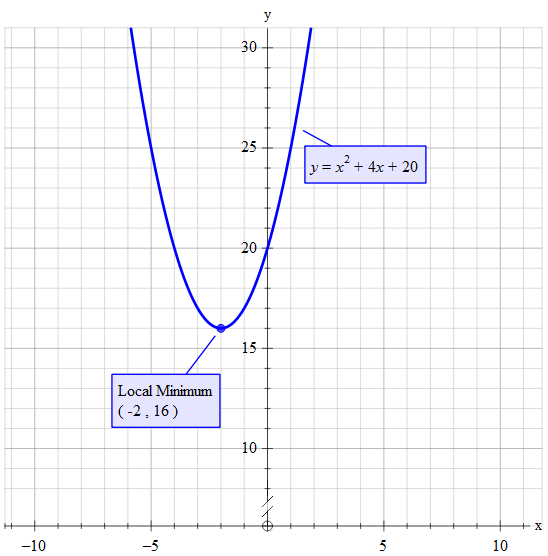



What Is The The Vertex Of Y X 2 4x Socratic



1
To find the xintercept, let y=0 and solve for x Find the value of the discriminant to predict the number of solutions and so xintercepts b^2−4ac 1^2−4⋅5⋅4 1−80 −79 Since the value of the discriminant is negative, there is no real solution to the equation There are no xintercepts yintercept y=5 xintercepts x_1 =5 x_2 =1 an xintercept is a point where y=0, and a yintercept is a point where x=0 xintercepts 0=x^2 4x 5 x^2 4x 5 (4/2)^2=0 (4/2)^2 complete the square (x 2)^2 5=4 (x 2)^2 =9 x 2=± 3 x =2± 3 x_1 =5 x_2 =1 yintercept y=(0)^2 4(0) 5=5 Check the graph graph{x^2 4x 5 996, 1004, 872, 128} 1)The x intercepts are when the equation touches the xaxis on its graph ie when y = 0 So we need to find all the values of x which make x^24x5 =0 If you are familiar with how to factorise a quadratic you can need to find two number a & b such that ab = 4 (the coefficient of x in the equation) and ab=5



Http Www Manhassetschools Org Cms Lib8 Ny Centricity Domain 710 Group work 59 63 solutions Pdf
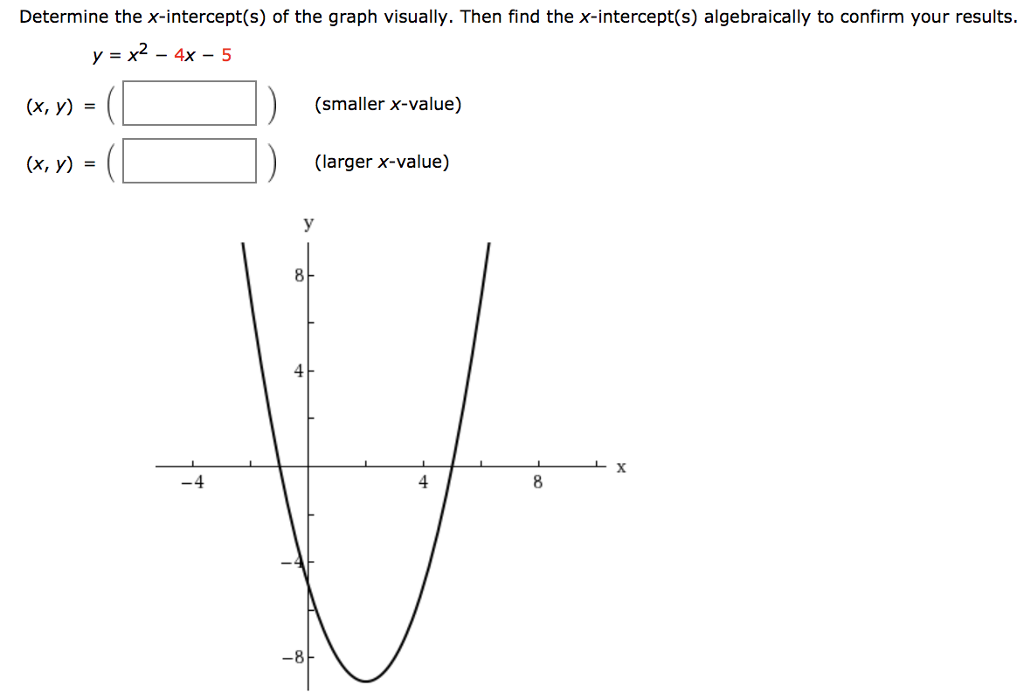



Determine The X Intercept S Of The Graph Visually Chegg Com
I have an equation right here it's a second degree equation it's a quadratic and I know it's graph is going to be a parabola this was a review that means it looks something like this or it looks something like that because the coefficient on the x squared term here is positive and it's going to be an upwardopening parabola and I am curious about the vertex of this parabola and if I haveThis quadratic equation does not have any realvalued solutions, and that is why the graph of \(y=x^24x5\) does not have any \(x\)intercepts The solutions to the equation above are a type of number called complex numbers If a quadratic equation does not have realvalued solutions, then its graph will not have \(x\)interceptsGraph the quadratic function f(x)=x^22x3Find its Vertex Form ( completing the square)Find the x and y interceptsFind the axis of symmetryFind its domain a
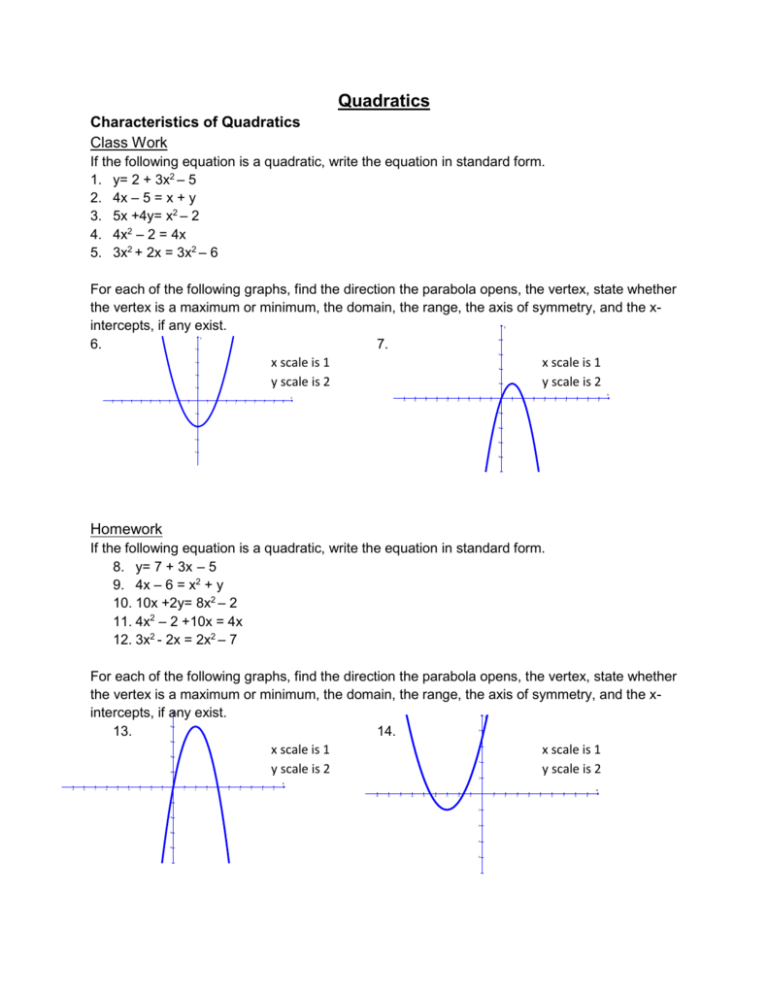



Quadratics



Parabolas
E y = x 2 4x 5 Solution The graph opens down so a is negative B and E are out The yintercept is –3 A is out Find the line of symmetry Choice C Choice D The line of symmetry is x = 4 C is the correct function Example 2 Use the function y = 2x 2 3x −1 A Tell whether the graph opens up or down B Tell whether the vertex is aGraphing Parabolas Using x– and y–intercepts For each parabola given below (i) Determine the x– intercepts (ii) Determine the vertex using the x–intercepts (iii) Graph on a grid (iv) State the maximum or minimum value and when it occurs (a) y = x2 – 4x 3 (b) y = x2 4x – 5 (c) y = x2 – 4xWhat is the volume of the solid generated by the rotating about the y=1 region bounded by the graphs of the equation y=x^24x5 and y=5x?



What Are The X Intercept Y Intercept Vertical Asymptote And Horizontal Asymptote Of The Rational Function X 3 X 12 X 2 3x 4 Quora



Graphing Quadratic Functions
Set y = 0 0 = x^2 4x 5 The discriminant = b^2 4ac = 16 = neg 4 There are no real x intercept solutions This parabola opens upward with a vertex above the x axis y = x^2 4x 5 0 = x^2 4x 4 4 5 y = (x 2)^2 1 demonstratiOn a graph, these are the points (6, 0) and ( − 2, 0) Notice in Example 933 that the y intercept was (0, − 12) and the value of c = − 12 When we substitute 0 for x we will always get the value of c Fact934 The vertical intercept of a quadratic function occurs at the point (0, c) because f(0) = c1) sketch the graph of each of the following, given the vertex, axis of symmetry and intercepts (a) y=x^24x5 (b) y=2x^26x3 (1B) use long didvision to find the quotient Q(x) and the remainder
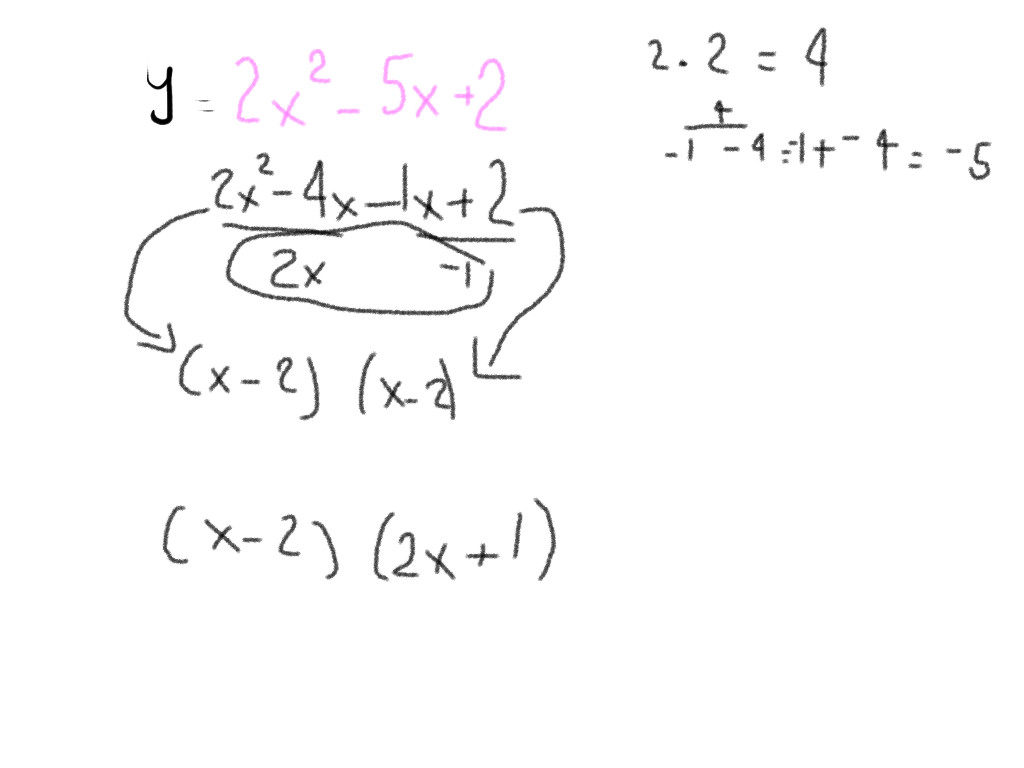



How Do You Find The Intercepts For Y 2x 2 5x 2 Socratic




Given F X X 2 4x 5 A Express F In Standard Form B Find The Vertex And X And Y Intercepts Of F C Sketch A Graph Of F D Find
Find the x and y intercept and the vertex y = x 2 4x 1 I have a test tomorrow with a few sample questions that are expected to be on the test that I do not know how to properly do 1)Find the slope intercept equation of the line passing through the intersection of the lines 2x4y=1 & 3x4y=4 and parallelXintercepts occur when y is zero, so set x^2 4xGet stepbystep solutions from expert tutors as fast as 1530 minutes Your first 5 questions are on us!



Q Tbn And9gcsz Aene Aila4wgou6s2fblkknl1xf2d7bmeyoqcpnshn Pl9 Usqp Cau




Graph The Function F X X 2 4x 5 On The Coordinate Plane A What Are The X Intercepts B What Brainly Com
Remember how the discriminant determines the number of solutions of a quadratic equation? You can start by finding the xintercepts, if there are any That is when y = 0 0 = x^2 4x 5 0 = (x 5)(x 1) So you have one intercept at x = 5 and one at x = 1 Or, at "(5, 0)" and "(1, 0)" Then, you can find where the vertex is (where the graph turns around) This can be found using x = (b)/(2a) ((4))/(2*1) = 4/2 = 2 Then you can plug it into the original equation3 Graph each quadratic function and identify the characteristics below 11 y = –(x 3)2 4 12 y = x2 – 2x – 3 Vertex Vertex x Intercepts Axis of Symmetry



Solution Find The X Intercepts For The Graph Of The Equation Y X 2 4x 5 The X Intercepts Are Second Question Multiply 2m 2 2 4m 2 2
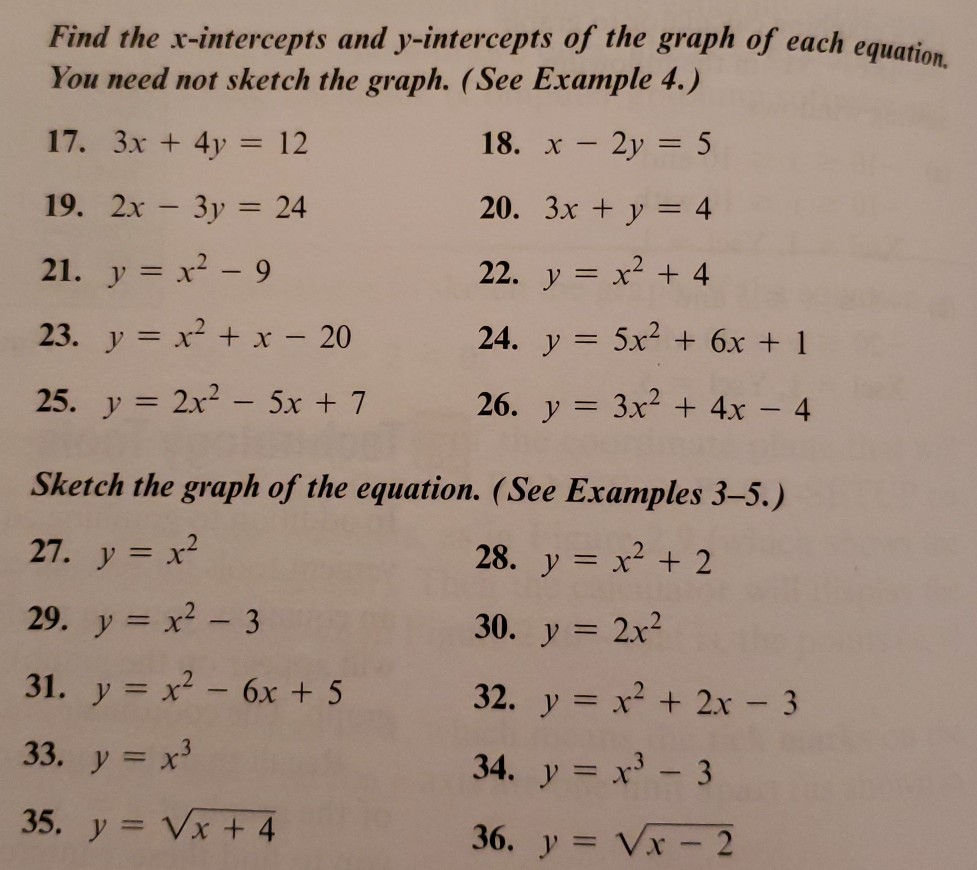



Find The X Intercepts And Y Intercepts Of The Graph Chegg Com
SOLUTION Find the x intercepts for the graph of the equation y=x^24x5 ^means raising to that power y=x^24x5 ^means raising to that power Answer by richard1234(7193) (Show Source) You can put this solution on YOUR website!Find the intercepts for the quadratic equation y = x2−4x−12 y = x 2 − 4 x − 12 using algebra To determine the y y intercept, we substitute x =0 x = 0 and find y= 02−4(0)−12 = −12 y = 0 2 − 4 ( 0) − 12 = − 12 So the y y intercept occurs where y = −12 y = − 12 On a graph, this is the point (0,−12) ( 0, − 12)A quadratic function is given y = x^2 4x 5 (a) Express the quadratic in standard form (b) Find any axis intercepts (x, y) = (c) Find the minimum yvalue of the function



Solution Find The Range And Domain And Vertex And Intercepts Of A Graph Whose Parabola Is X 2 4x 5
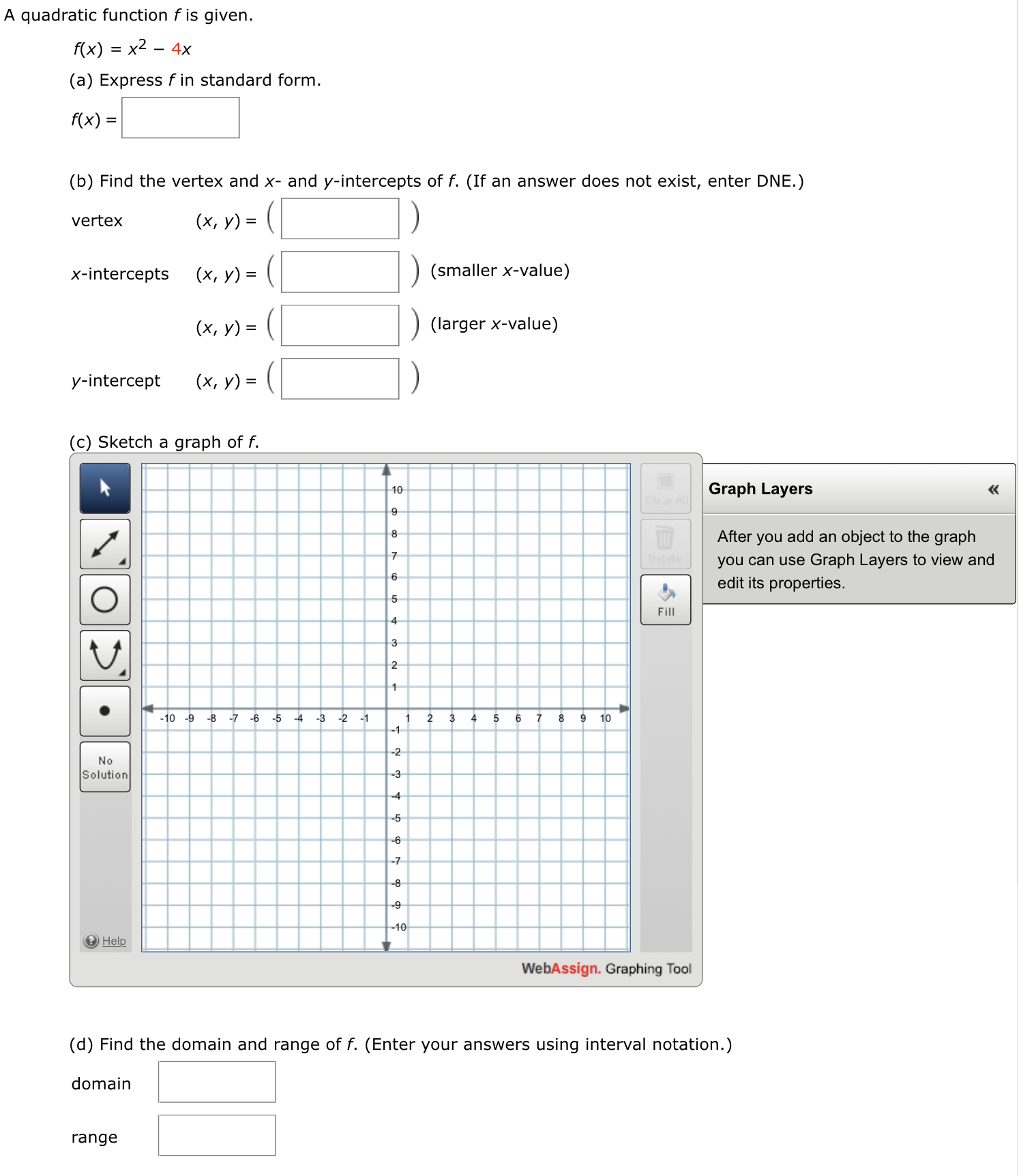



Answered A Quadratic Function F Is Given F X Bartleby
Subsection 972 Finding the Vertical and Horizontal Intercepts Algebraically In List 9612, we identified that the vertical intercept occurs where the graph of a function intersects the vertical axis If we're using \(x\) and \(y\) as our variables, the \(x\)value on the vertical axis is \(x=0\text{}\) We will substitute \(0\) for \(x\) to find the value of \(y\text{}\)




The Aim Of This Powerpoint Is To Enable



Solution F X X 2 4x 5 I Need Help Finding Y Intercept X Intercept Vertex And Axis Of Symmetry I Am Not Grasping How To Get The Answer Even After Looking Over Other Examples



Http Www Mpsaz Org Rmhs Staff Lxcoleman Trig Test Practice Files Review Chapter 3 Notes Solutions Pdf
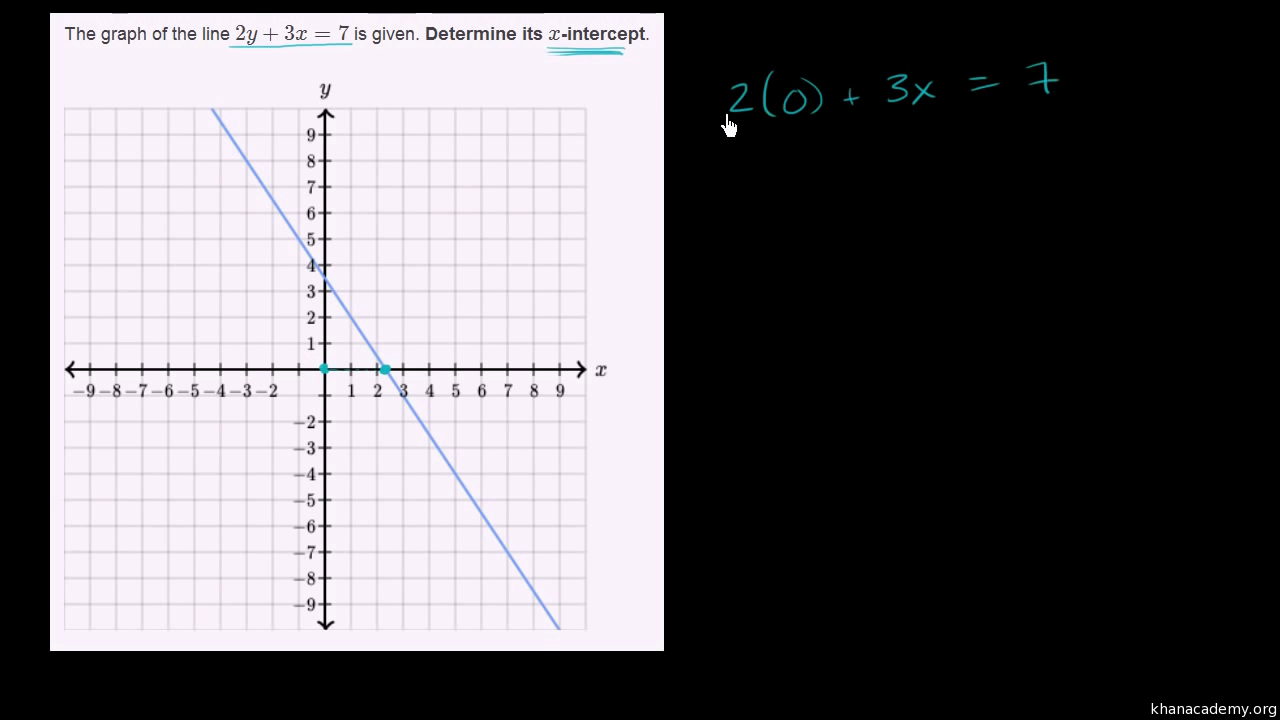



X Intercept Of A Line Video Khan Academy
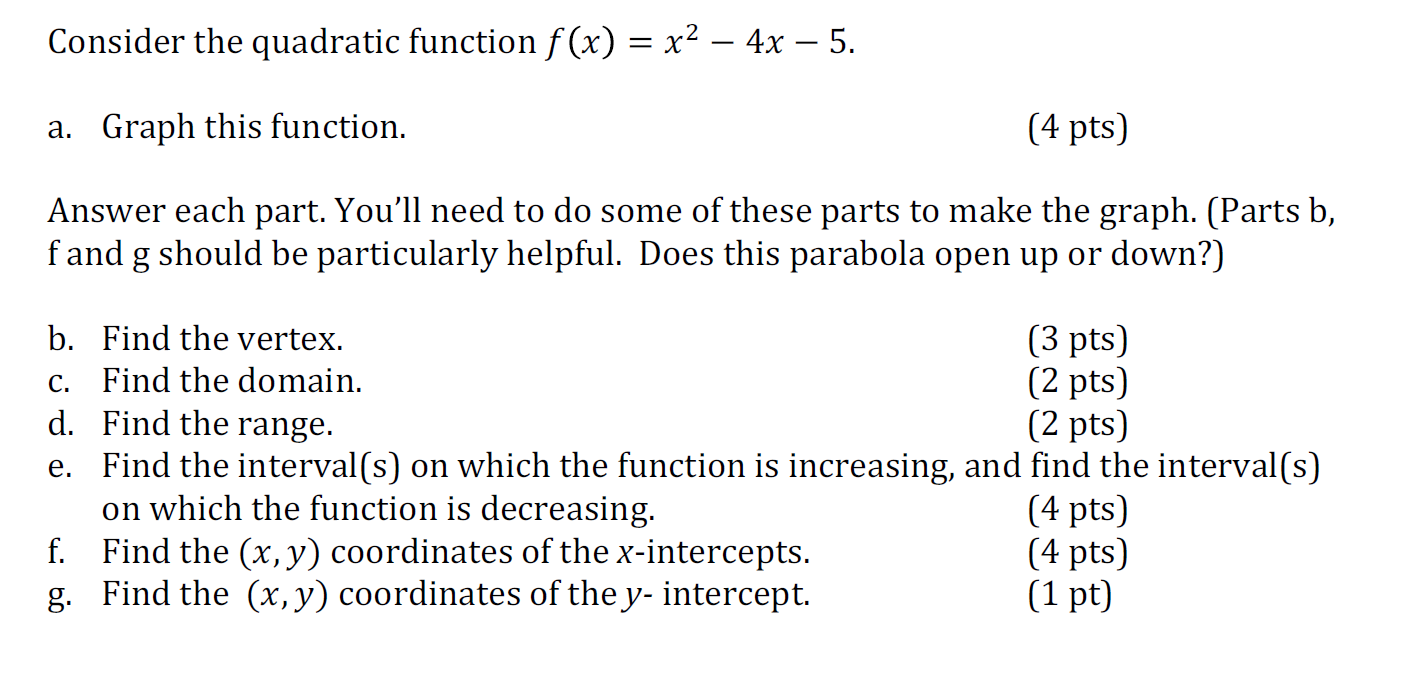



Consider The Quadratic Function F X X 2 4x 5 Chegg Com




Step To Draw Y X 2 4x 1and Find Solution To Quadratic Equation Y X 2 5x 4 Youtube



Solution Y X2 4x 7 What Is The Y Intercept X Intercept Turning Point Please Write Down The Solution As Well Thanks




Graph The Parabola Y X 2 4x 1 Youtube




Intro To Intercepts Video Khan Academy
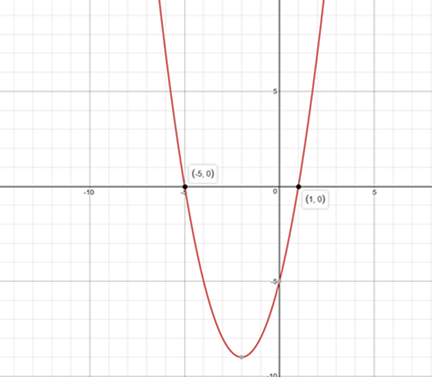



How Do I Find The X Intercepts For The Graph Of Y X 2 4x 5 Socratic




4 M Use The Following Infor See How To Solve It At Qanda




X Intercept Definition Overview Video Lesson Transcript Study Com
/1000px-Parabola_features-58fc9dfd5f9b581d595b886e.png)



How To Find Quadratic Line Of Symmetry
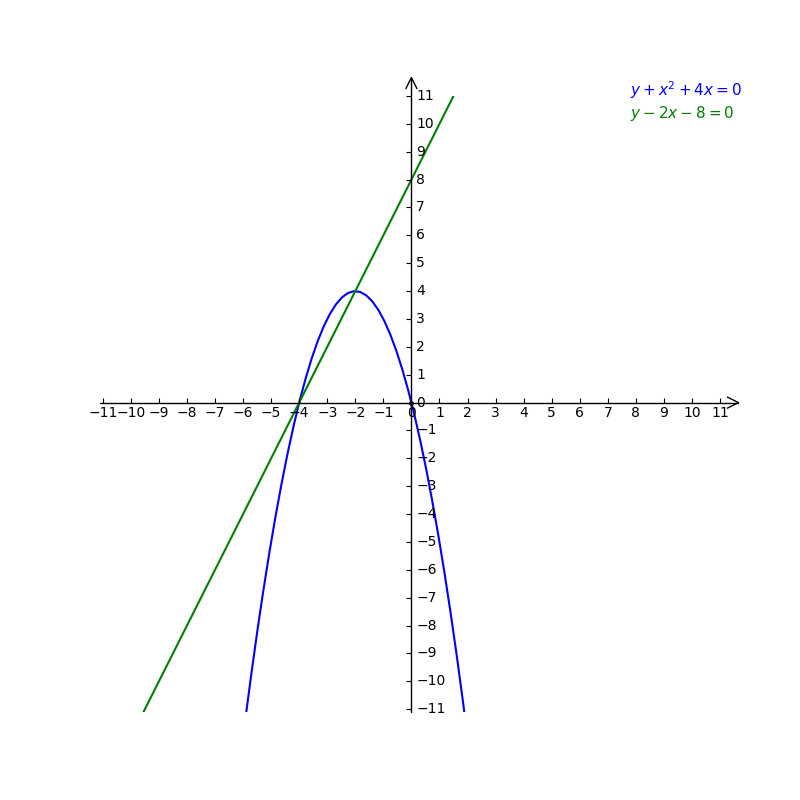



Given Y X2 4x 0 And Y 2x 8 0 2 1 Use The Attached Gauthmath
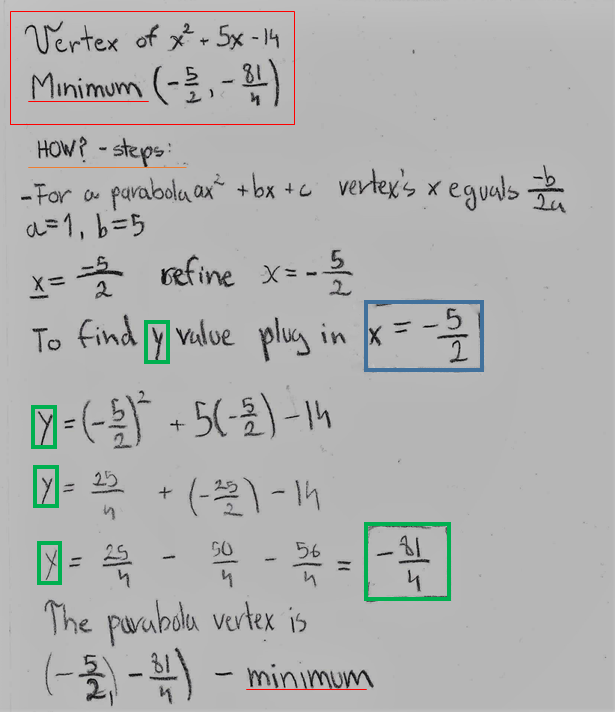



What Is The Vertex Form Of Y X 2 5x 14 Socratic
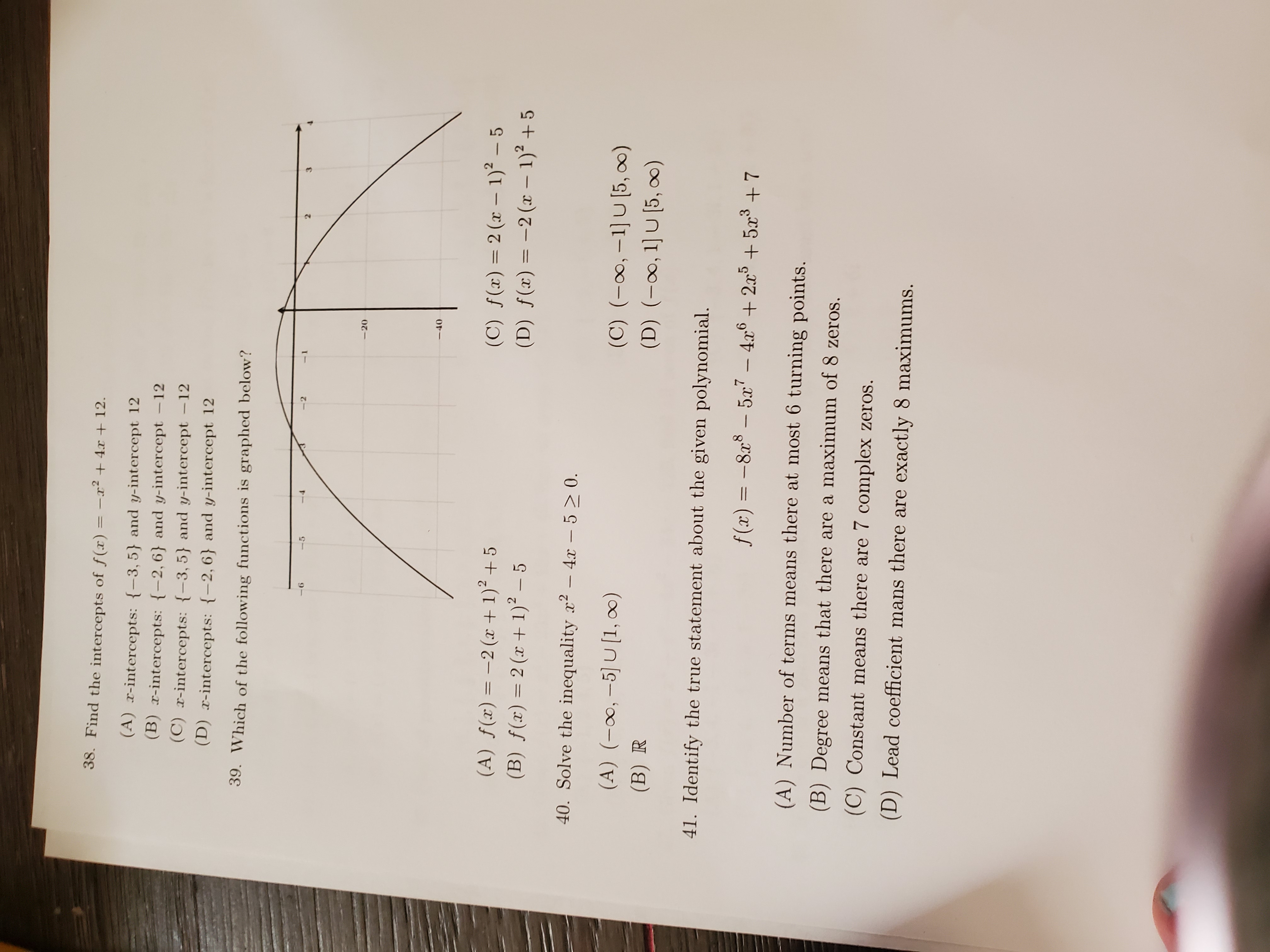



Answered 38 Find The Intercepts Of F X X Bartleby
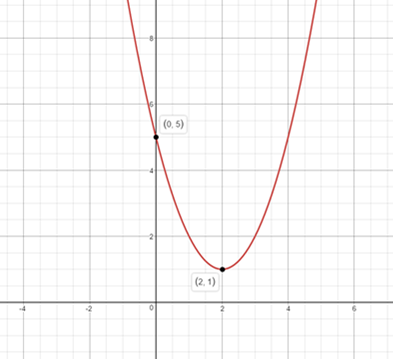



How Do You Find The Vertex And The Intercepts For Y X 2 4x 5 Socratic
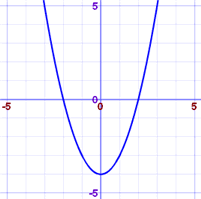



Finding Intercepts From An Equation




Worked Example Intercepts From An Equation Video Khan Academy




How Many Intercepts Does The Graph Of Y 2x 2 5x 9 Brainly Com



Solution 2 For The Function Y X2 4x 5 A Put The Function In The Form Y A X H 2 K B What Is The Equation For The Line Of
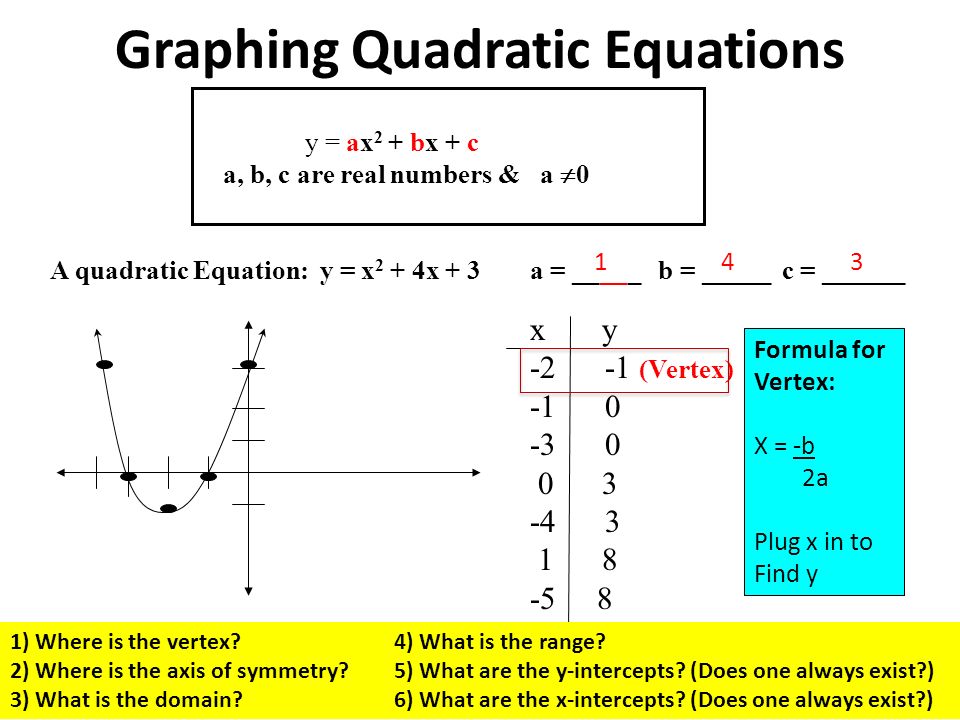



2 1 Graphs Of Quadratic Functions Ppt Video Online Download



Given Function F X X2 4x 5 Determine The Vertex Axis Of Symmetry Calculate Y Intercept Find Additional Point On Graph Graph Function Submit Enotes Com




A Sketch The Graph Of The Function Y X 2 4x B Find Its Vertex Y Intercept And X Intercepts Study Com




Find The Y Intercept Of Y 3 4x 5 And Graph Youtube
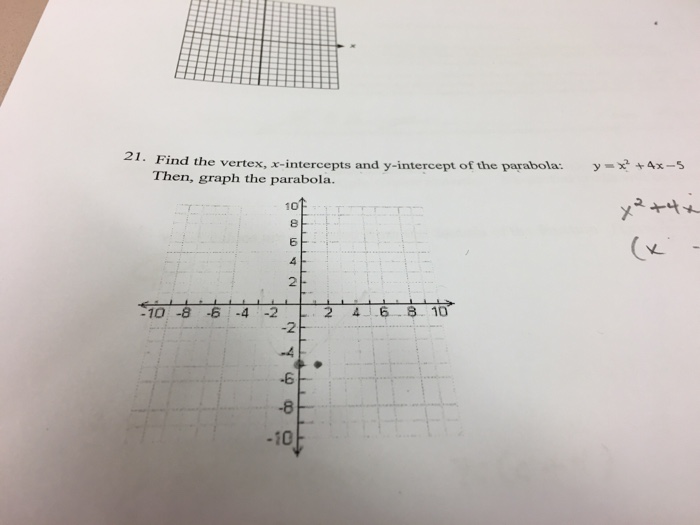



Find The Vertex X Intercepts And Y Intercept Of The Chegg Com
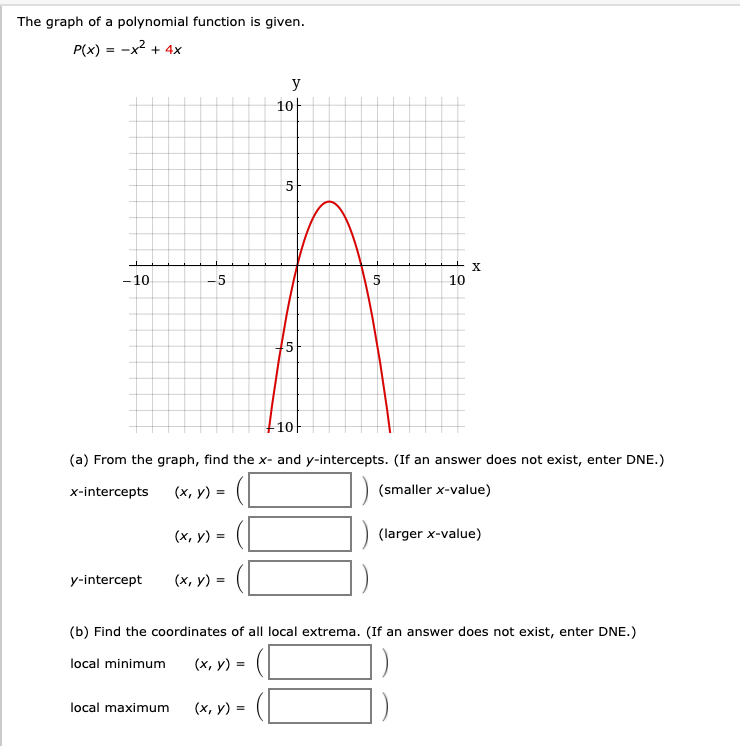



The Graph Of A Polynomial Function Is Given P X Chegg Com
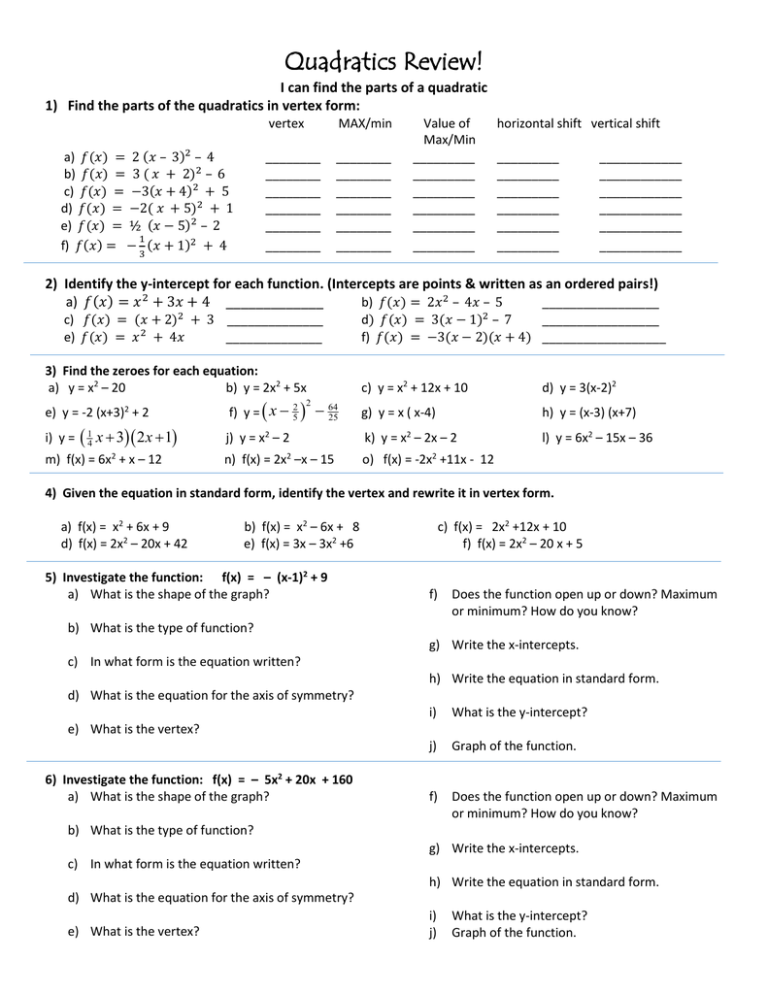



Quadratics Review 1 Quadrtics Test Review 1




Graphing Parabolas




Intro To Intercepts Video Khan Academy
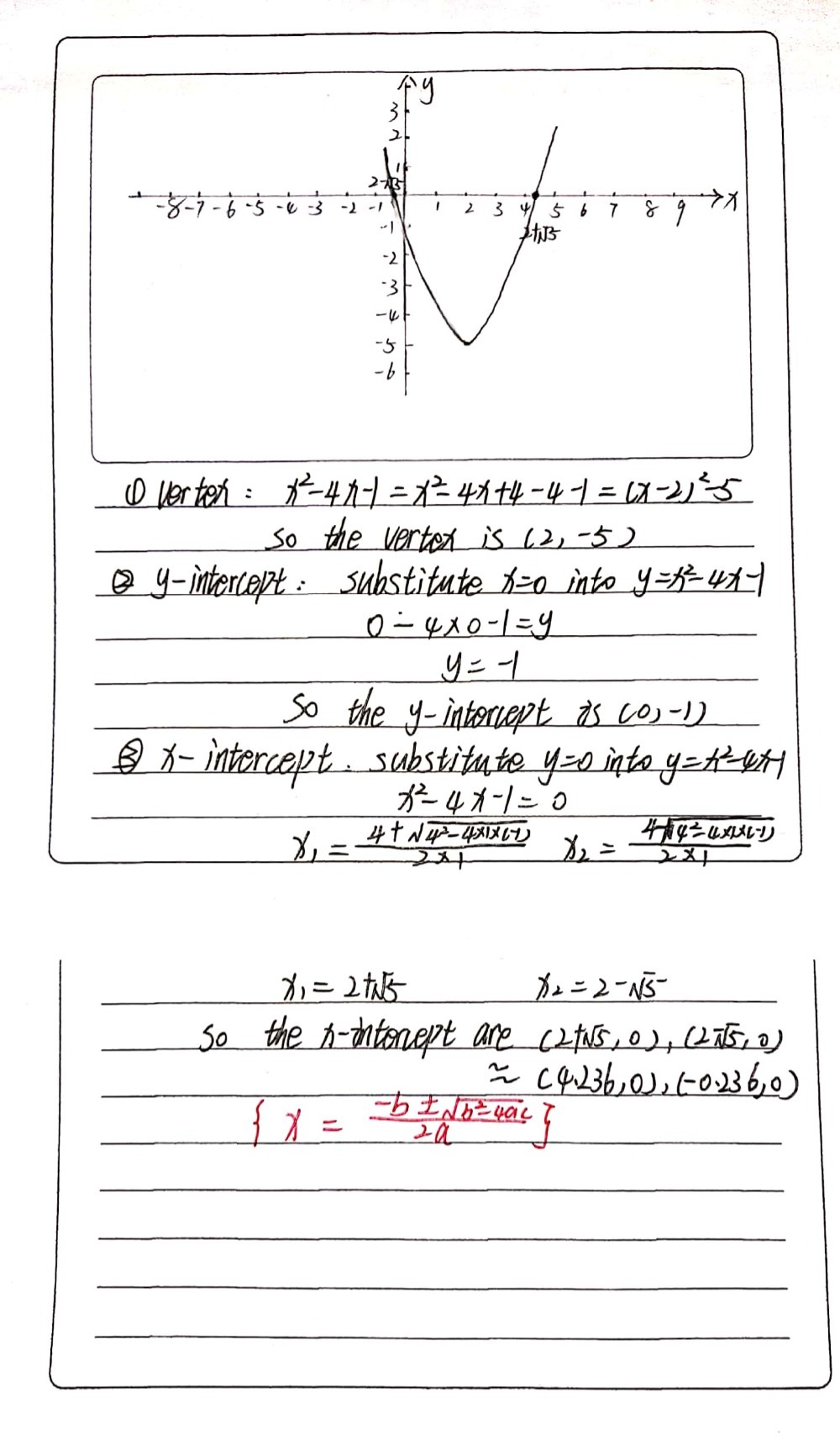



T27he0ibgpgvlm
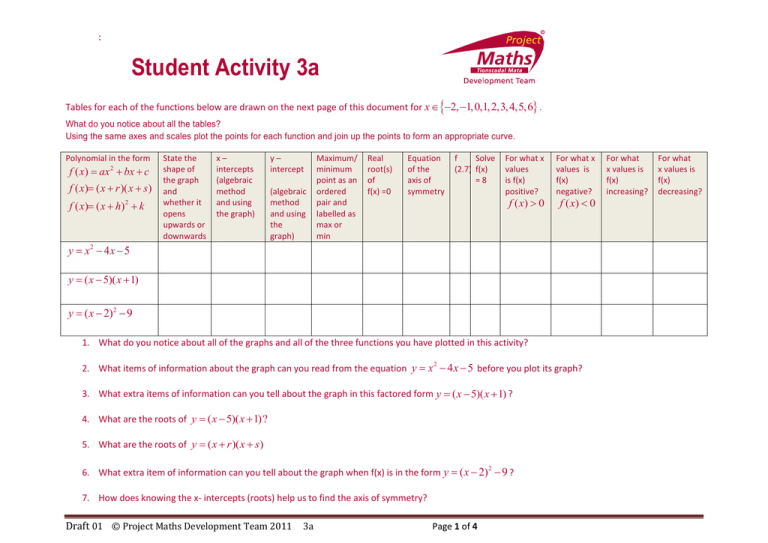



Student Activity 3a 2 1 0 1 2 3 4 5 6 Manualzz




Draw A Line For The Axis Of Symmetry Of Function F Also Mark The X Intercept S Y Intercept And Brainly Com




Given The Function ƒ X X 2 4x 5 Identify The Zeros Using Factorization Draw A Graph Of The Brainly Com



Unique Quadratic Equation In The Form Y Ax 2 Bx C
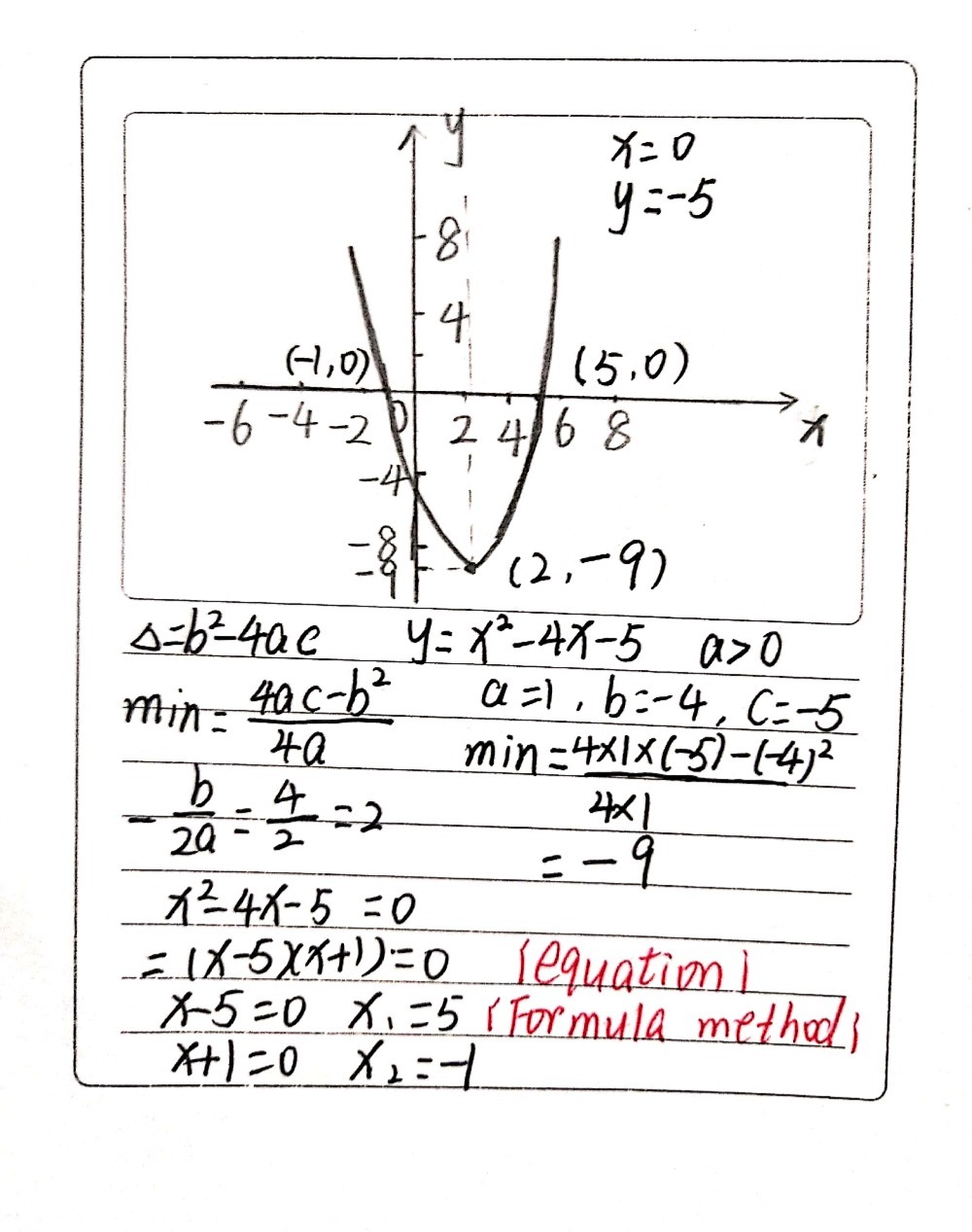



3 Graph The Function Y X2 4x 5 Mark The Minimum Gauthmath
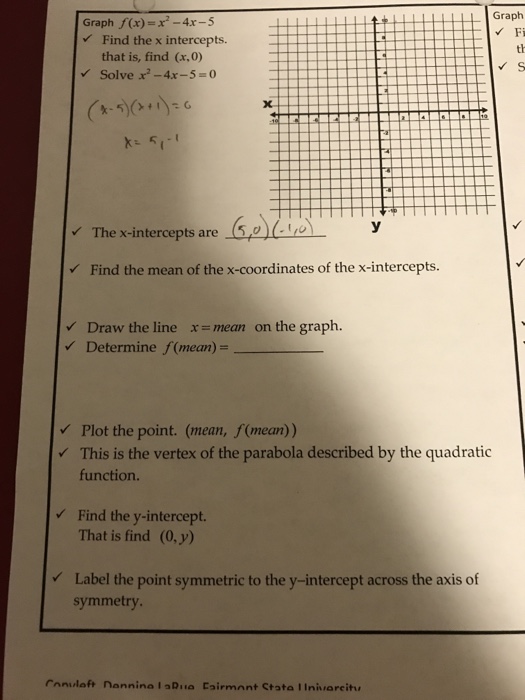



Graph F X X 2 4x 5 Find The X Intercepts Chegg Com



F X 4x 2 X 2 3 X Intercepts Y Intercepts End Behavior Mathskey Com




The Y Intercept Of The Circle X 2 Y 2 4x 8y 5 0 Is




Roots With Calc2
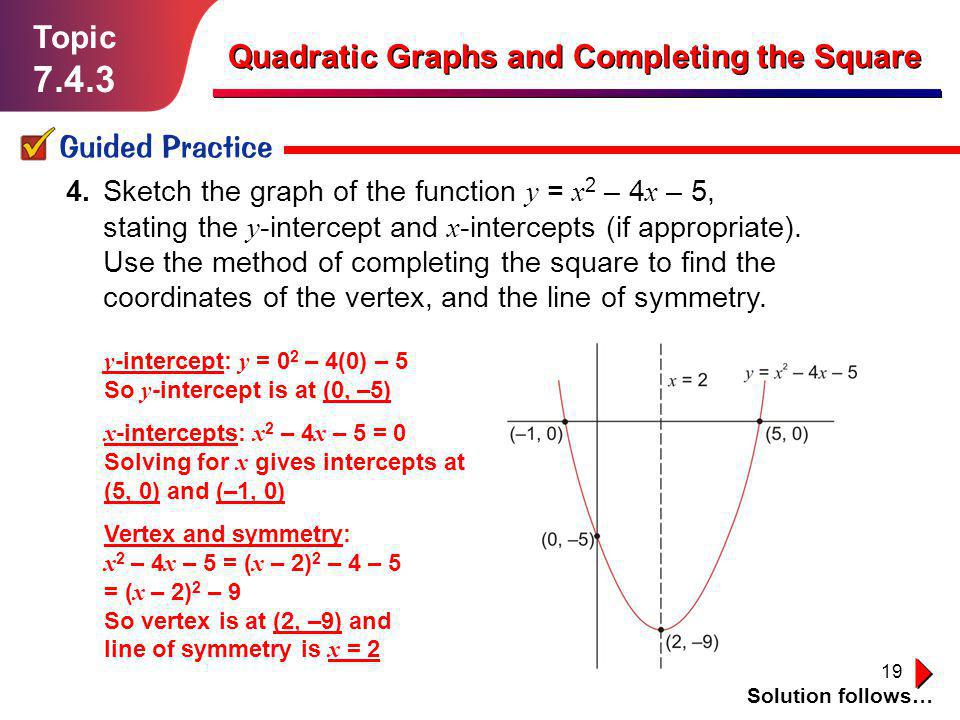



Quadratic Graphs And Completing The Square Ppt Video Online Download
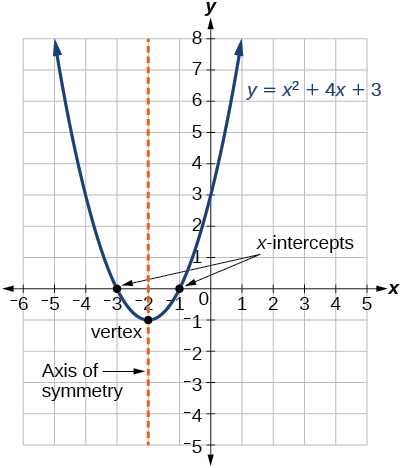



5 1 Quadratic Functions Mathematics Libretexts




A Quadratic Function Fis Given X X2 4x 1 A Chegg Com
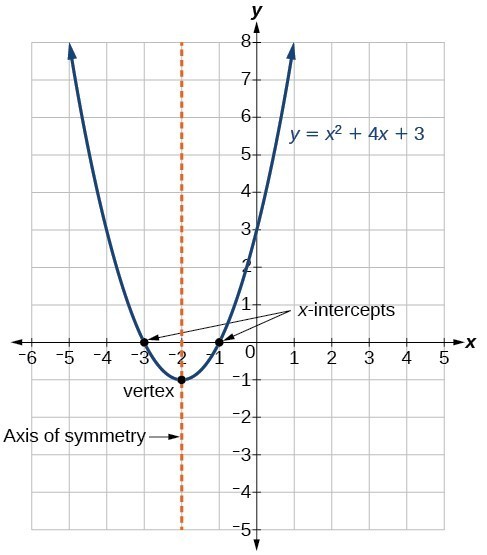



Characteristics Of Parabolas College Algebra



Search Q Quadratic Equation Tbm Isch



Http Www Houstonisd Org Cms Lib2 Tx Centricity Domain Notes Filled Graphsparabolaquadratics Pdf
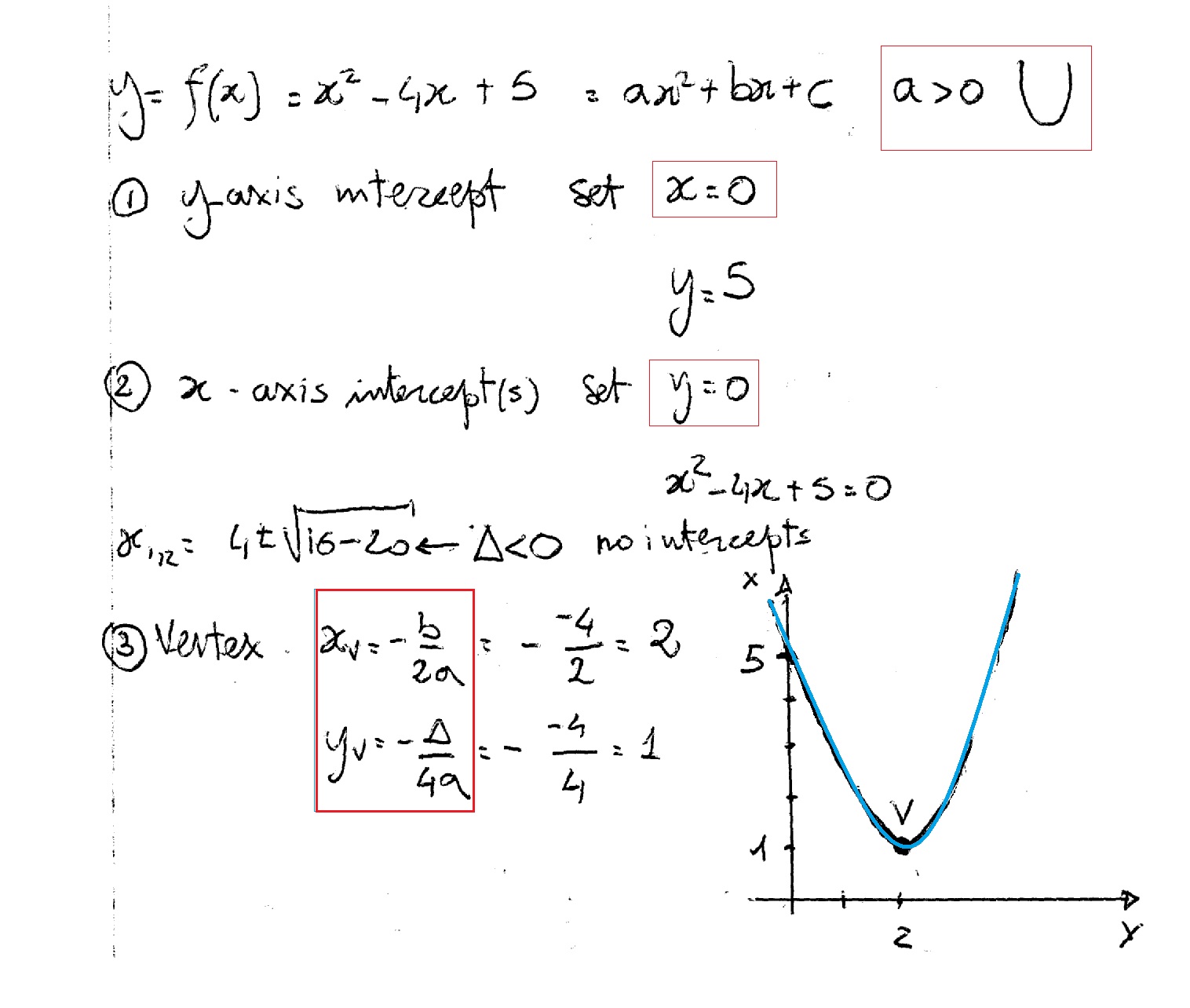



How Do You Graph F X X 2 4x 5 Socratic




Do Now 1 Solve The Equation 2 Find The X Intercept And The Y Intercept Of The Equation 4x 2 5x X X 2 5x 0 25 5x 25 X Ppt Download
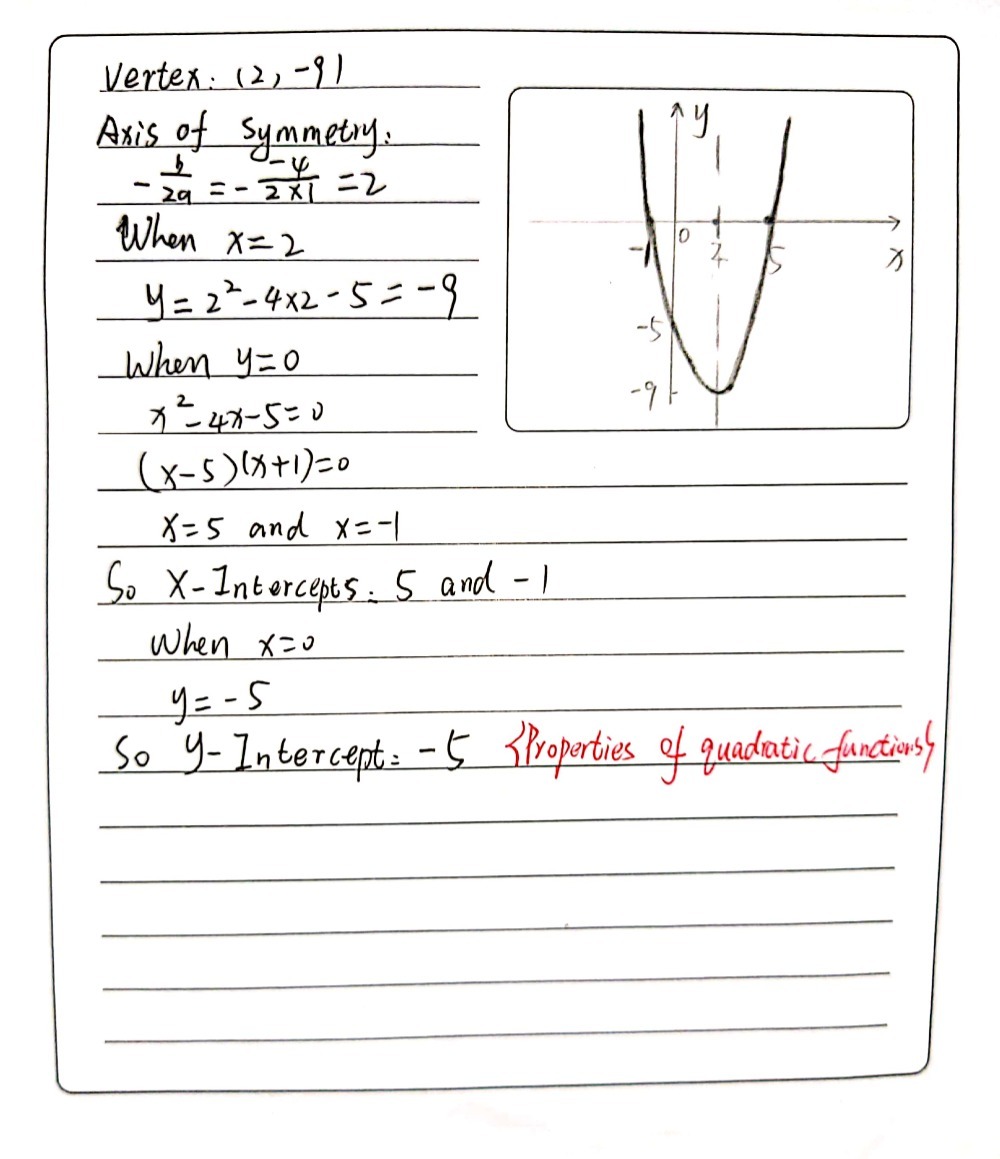



For Each Quadratic Function Identify The Vertex Gauthmath




Graph The Parabola And Give Its Vertex Axis X Intercepts And Y Intercept Y 2x 2 8x 16 Study Com




Drawing Graphs Of Quadratic Functions Ppt Download
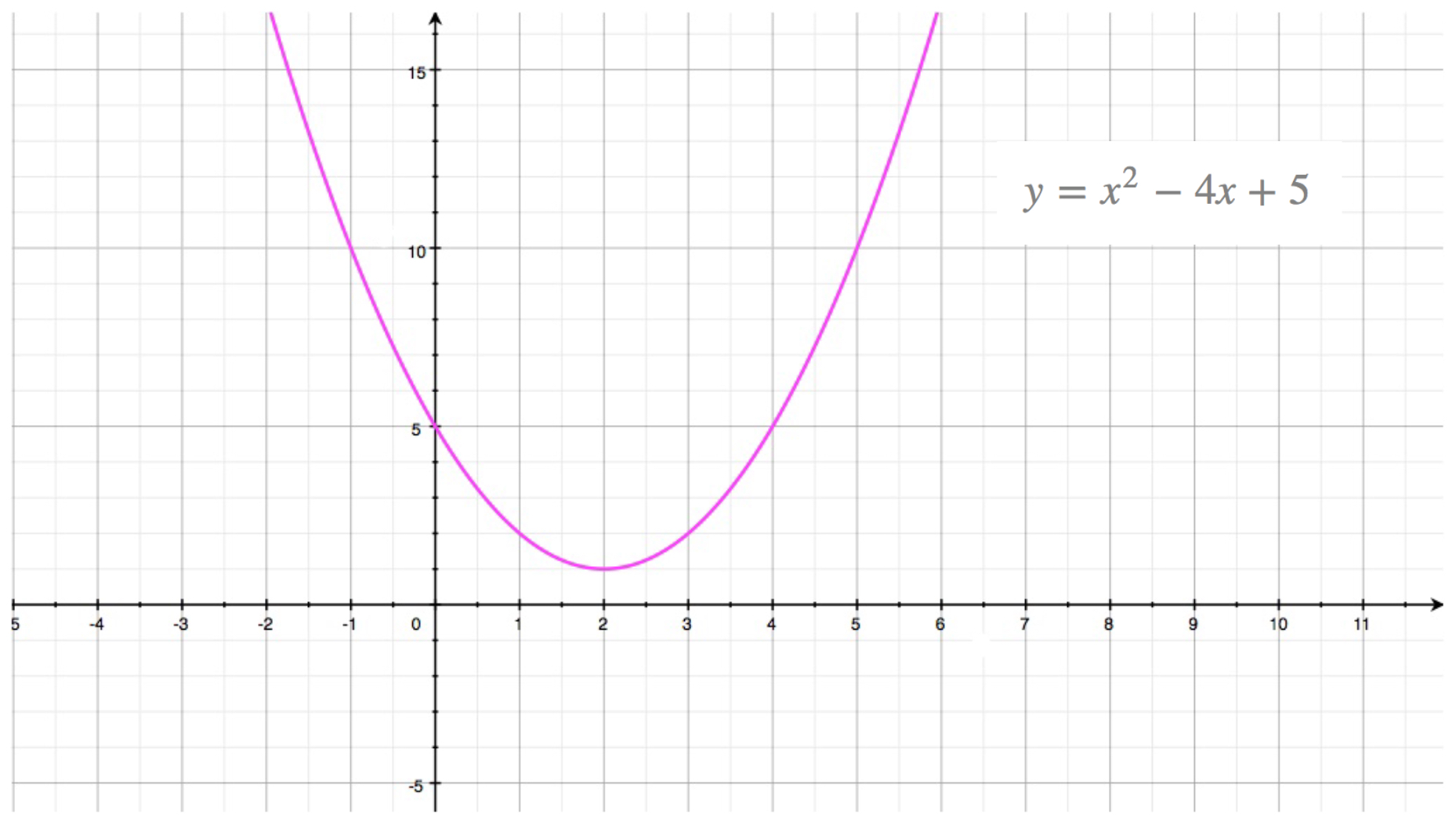



Quadratic Function Parabola
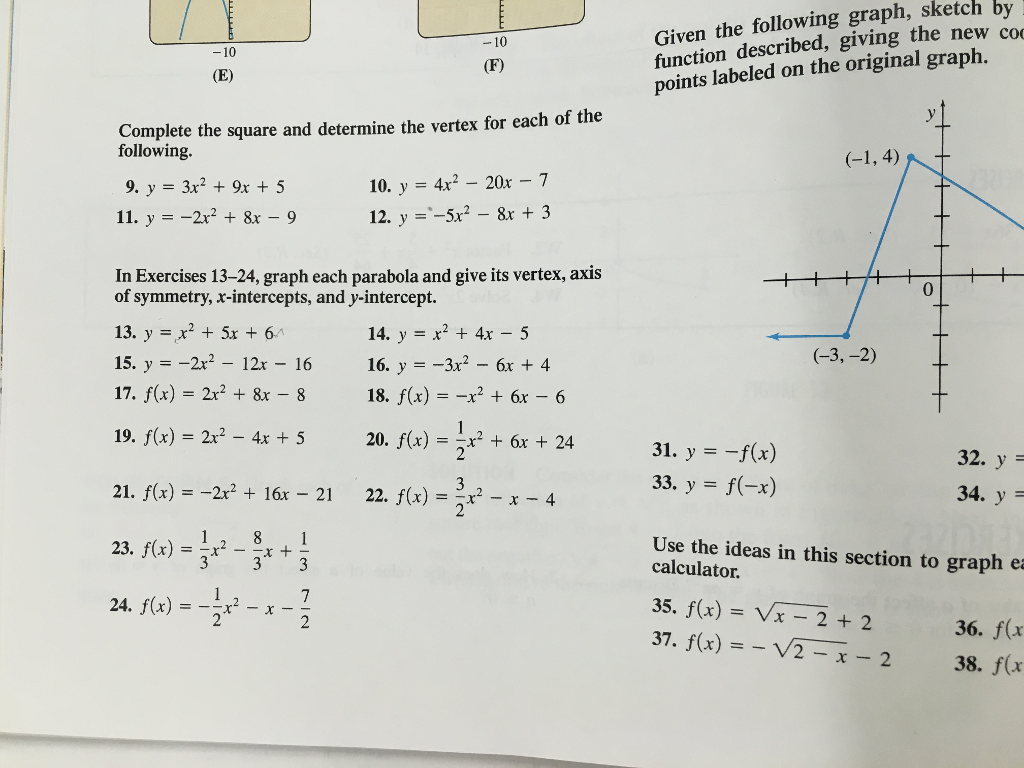



Graph Each Parabola And Give Its Vertex Axis Of Chegg Com




3 4 Graphs Of Polynomial Functions Mathematics Libretexts
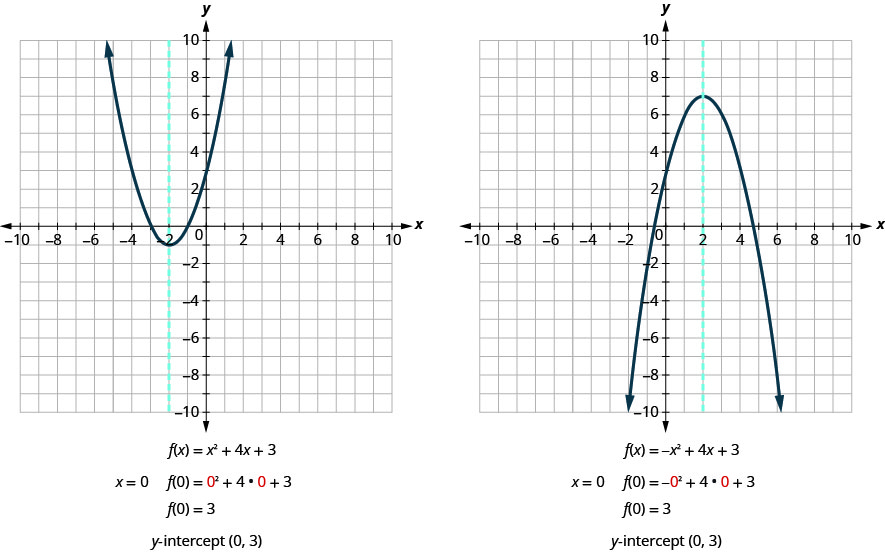



Graph Quadratic Functions Using Properties Intermediate Algebra




How To Find X And Y Intercepts Of A Function Explained Youtube
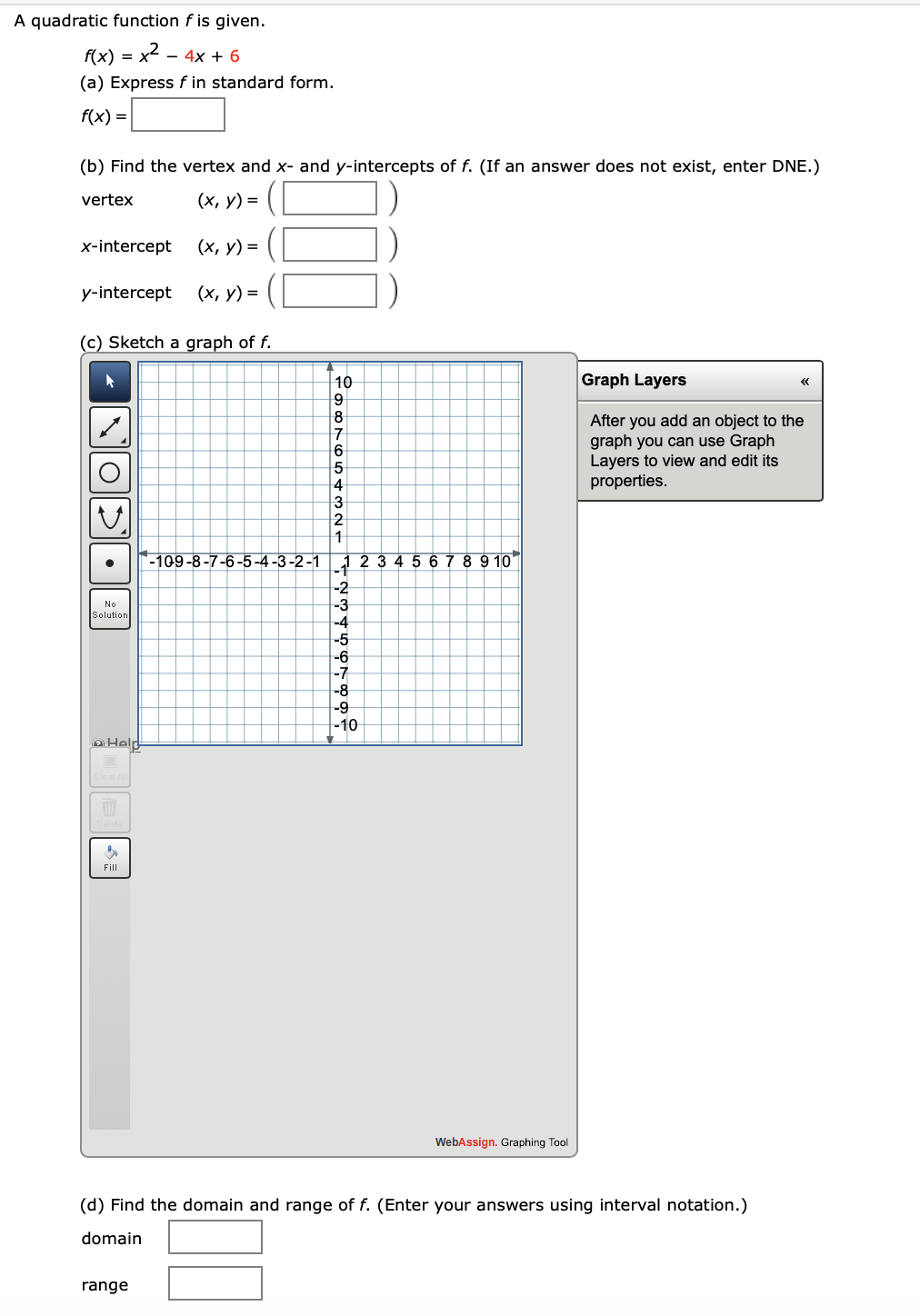



Answered A Quadratic Function F Is Given F X Bartleby
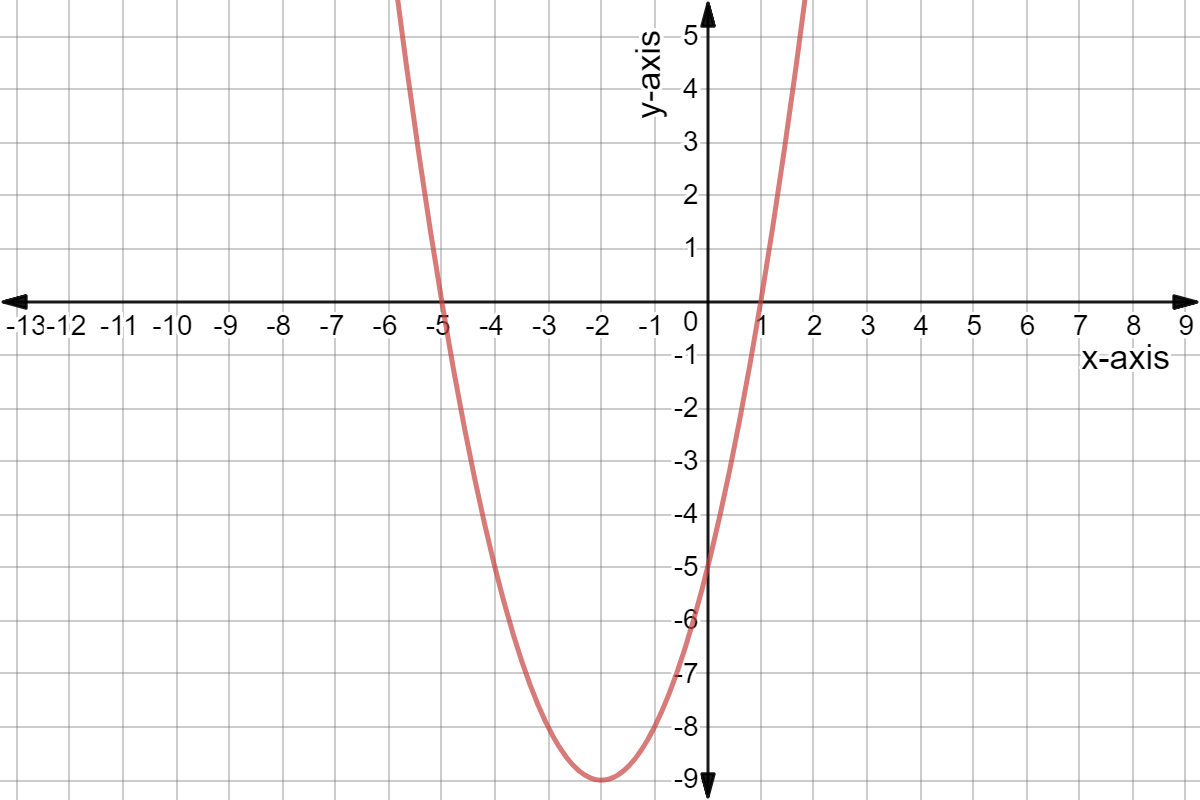



Solve Quadratic Equations By Graphing Intercepts Expii




What Are The Vertex And X Intercepts Of The Graph Of Y X2 4x 21 Select One Answer For The Vertex Brainly Com



1



Solution Graph F X X 2 4x 3 Labeling The Y Intercept Vertex And Axis Of Symmetry




Factor X 2 4x 5 Youtube




Plot The X Intercept S Y Intercept Vertex And Axis Of Symmetry For The Function Below G X Brainly Com




Warm Up Find The Vertex The Roots Or The Y Intercept Of The Following Forms 1 F X X 4 F X 2 X 3 X 4 3 F X X 2 2x 15 Answers Ppt Download




Find Domainrangeopening Of Parabolavertex Axis Of Symmetryx Intercepty Intercept Brainly Ph




Graphing Parabolas
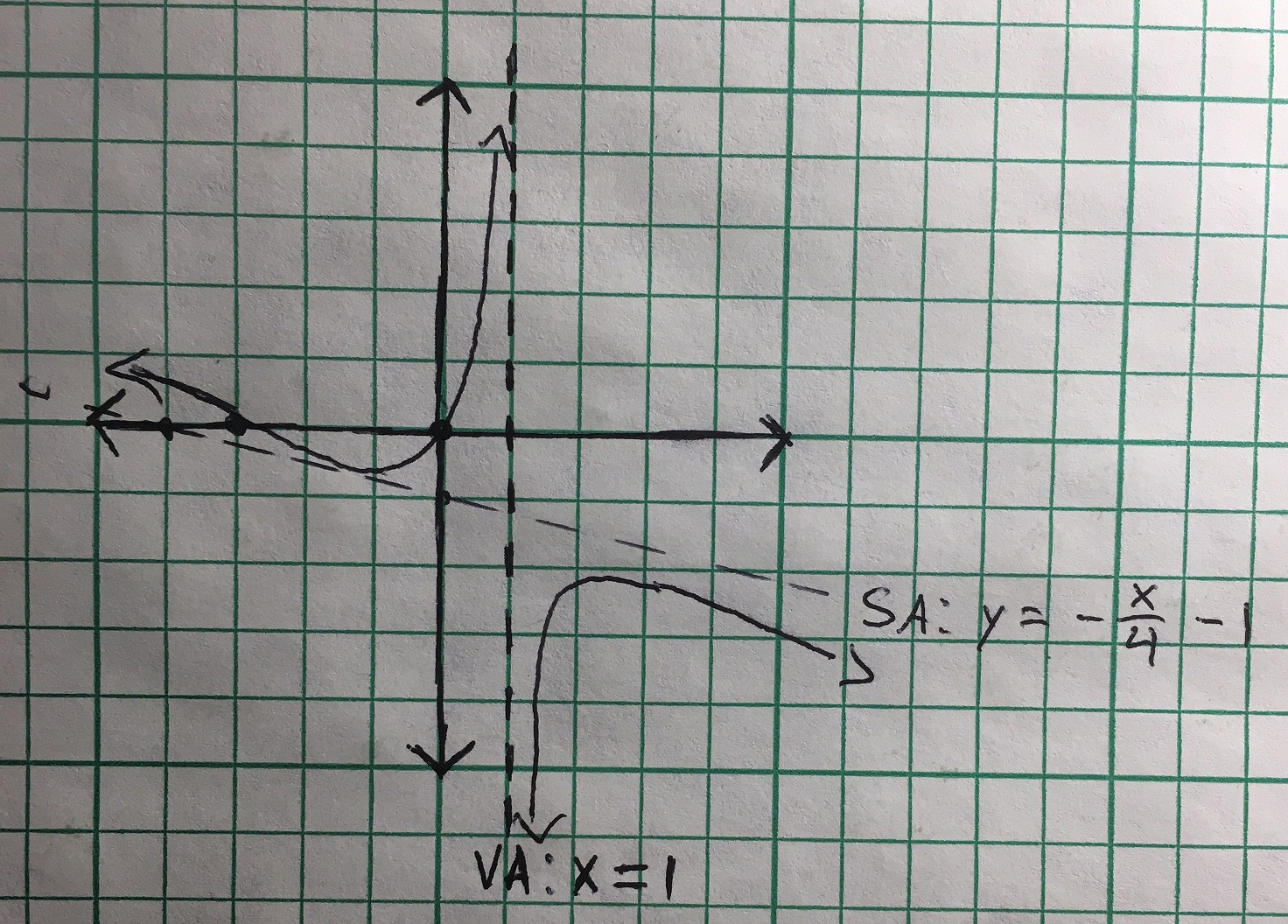



How Do You Graph F X X 2 3x 4x 4 Using Holes Vertical And Horizontal Asymptotes X And Y Intercepts Socratic




Mfm2p




Ml Aggarwal Solutions For Class 10 Maths Chapter 12 Equation Of Straight Line Avail Pdf
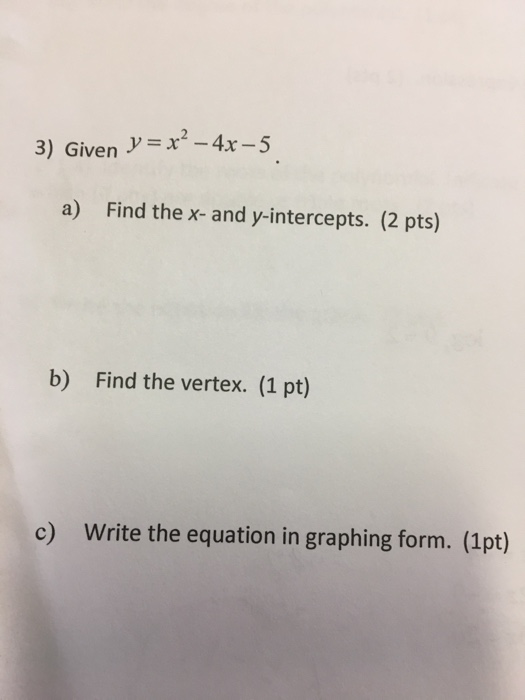



Given Y X 2 4x 5 A Find The X And Chegg Com
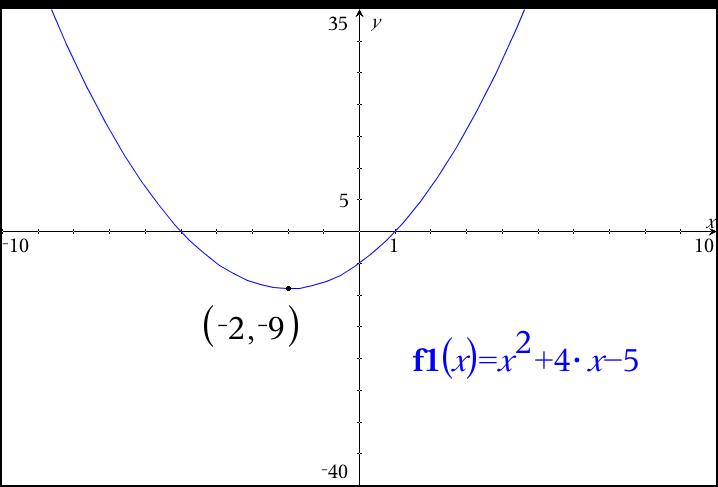



What Is The Vertex Of F X X 2 4x 5 Socratic
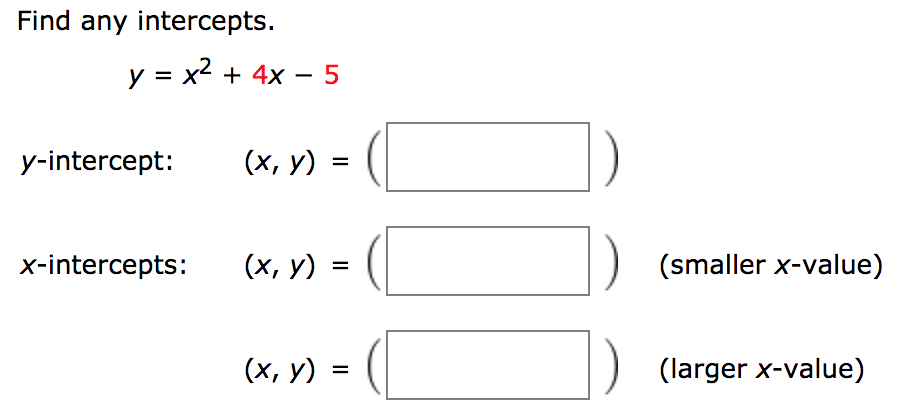



Find Any Intercepts Y X2 4x 5 Y Intercept X Chegg Com



What Are The X Intercepts And The Coordinates Of The Vertex For The Parabola Y X 2 2x 24 Quora




Answered For The Function Y X2 4x 5 Find The Bartleby




Solved W All Work 19 For The Function Y X2 4x 5 A Chegg Com




What Are The X Intercepts Of The Graph Of The Function Below Y X 2 4x 32 Brainly Com



0 件のコメント:
コメントを投稿